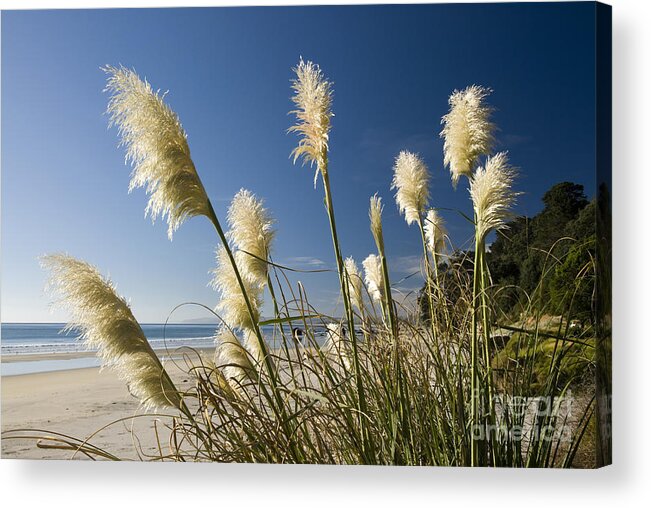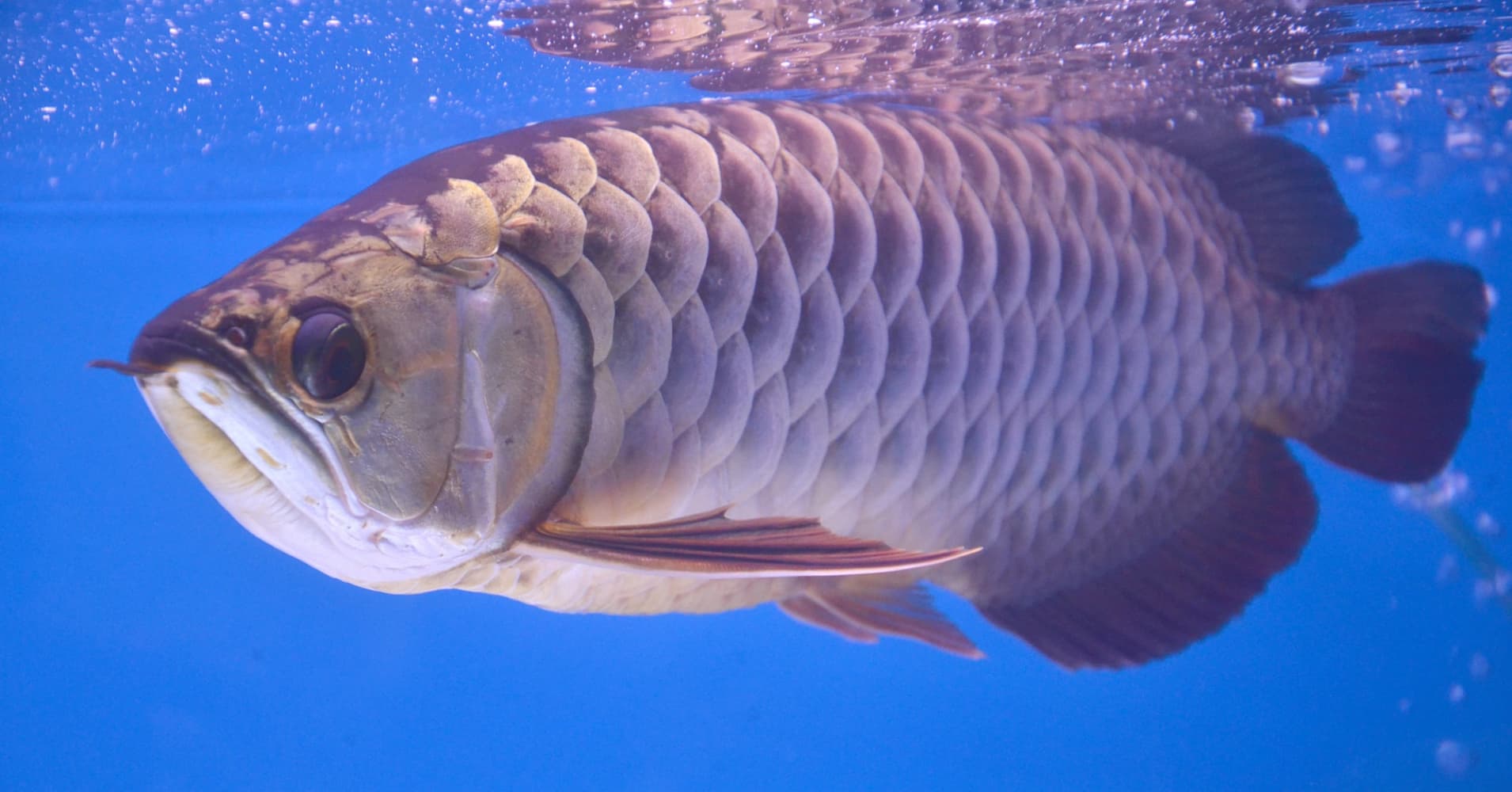Forensics
http://sciencing.com/list-forensics-techniques-6392795.html
http://sciencing.com/list-forensics-techniques-6392795.html
1. What is the definition of forensic science?
2. Name 5 different kinds of activities used in forensic sciences and find a picture for each.
3. Name 5 jobs that would use forensics to investigate crime
Finger prints
Aim: To look at the different types of fingerprints.
Aim: To look at the different types of fingerprints.
Material:
Steps
Record the types of fingerprints from those in your group.
Name
|
Fingerprint 1 ( Thumb)
|
Fingerprint 2 (finger)
|
| Nate | Arch | Loop |
| Evan | Whorl | Loop |
| Quadien | Whorl | Whorl |
Summary of findings:
Hidden fingerprints:
Aim: To learn how to lift hidden fingerprints from an object.
1. Lifting and Gathering fingerprints.
Equipment:
Method;




:quality(75)/curiosity-data.s3.amazonaws.com/images/content/thumbnail/standard/27aee7af-a3dc-4c67-e57f-7648839ecd18.png)




